by George Tipton Wilson
During the last weekend of September 1938, the attention of the world’s capitals was transfixed by the diplomatic pas de deux Adolf Hitler and Neville Chamberlain were enacting to determine the fate of Czechoslovakia and ultimately the world. All, that is, but one—Moscow. Muskovites were preoccupied with plans for a record-breaking, nonstop “aeroplane” flight by three intrepid Russian aviatrixes. It was to begin Sunday, September 25, and according to The New York Times, it pushed the Munich story to the back pages of every Moscow newspaper.
[text_ad]
Surviving the Siberian Swamp
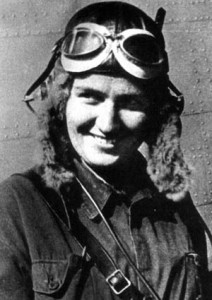
The papers of Monday, October 3, proclaimed that two of the women had been spotted as they sat by their plane, a twin-engine ANT-37 named Rodina in a Siberian swamp on the Manchurian border. They were seen from planes searching for them after their 26-hour, 29-minute flight ended in a crash-landing in the area. Shortly after they were located, a “parachute landing party” descended on the record-setting women, bringing to their aid “a physician, food, medicine, boots and hot drinks.”
The New York Times story identified the three heroines as Valentina Grizodubova, Captain Polina Osipenko, and Lieutenant Marina Raskova. It also indicated that the rescuers had been dispatched by truck to return the flyers to civilization. While they awaited discovery by their rescuers, they had munched on chocolate bars.
By Sunday, October 9, Soviet Premier Josef Stalin had added his congratulations to those of the world. He noted that the 4,036-mile, nonstop flight was longer than Charles Lindbergh’s transatlantic flight and far exceeded any nonstop aerial journey made by women to that point.
By then also, the special role played in the flight by Marina Raskova was known throughout Russia. She was the crew’s navigator, not licensed as a pilot at the time. As the Rodina was nearing the end of her fuel supply, the women began to jettison the plane’s furnishings to coax extra miles from the engine and make certain they were setting a new distance record.
Then they flew into a blinding snowstorm. Since they had thrown every movable thing overboard, Raskova, deeming herself the most expendable, donned a parachute and exited the plane in a brave and selfless move to ensure the record. She wandered around the wilderness several days before finding the plane and her comrades, which accounted for the original report of “two women.”
A New Role in the Coming World War
In Moscow later that month, Lazar M. Kaganovich, the commissar of Heavy Industry, feted the trio at a glittering reception. Apparently inspired by the war clouds gathering over Europe, Commissar Kaganovic remarked that if the Soviet Union is attacked, “We have flyers who can chase the enemy back to his own territory.” One wonders if the commissar realized just how prophetic his words would turn out to be.
The next day at another reception for the three, Stalin appeared to put an end to the quests, at least in the Soviet Union, for records that so bemused flyers of that day. Although elated by the feat of the women but saddened by the death of a male aviator the week before, the Soviet leader said, “The government will be extremely severe henceforth toward permitting record-setting flights. The lives of the pilots are more precious to us than any records, no matter how great or renowned they may be.”
Thus enjoined, the ladies never strove for another record. But Marina, whose bravery above and beyond the call of duty earned the lasting acclaim of the Soviet people, was to occupy a far greater place in history. Under her leadership, women officially joined the fight for their country for the first time when Russia was turned on so viciously by Hitler.
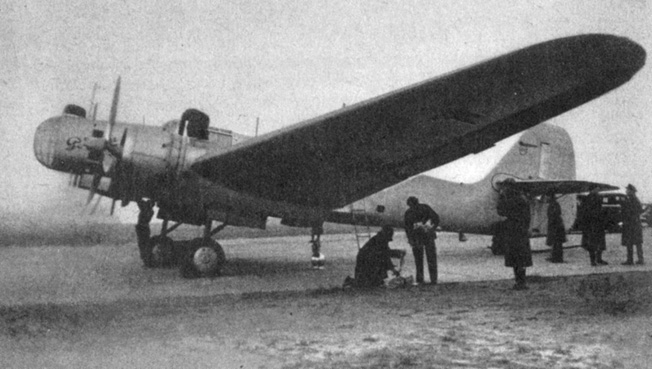
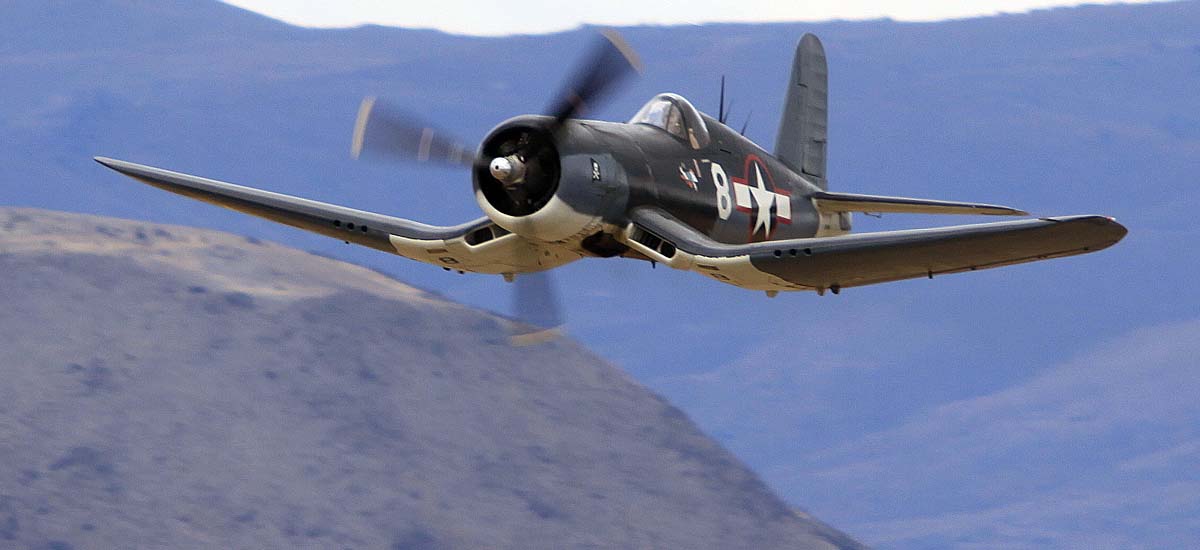
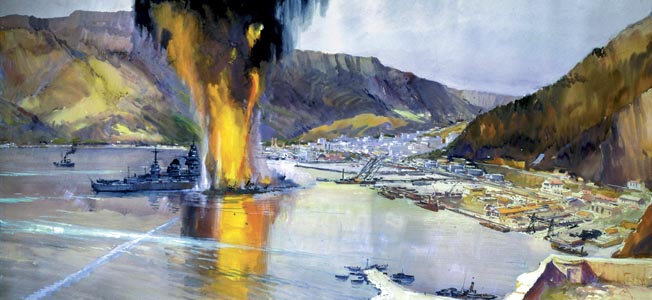
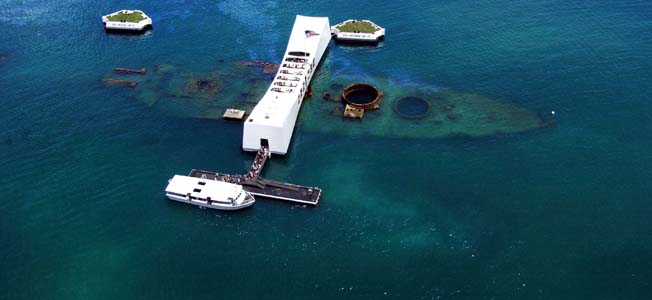



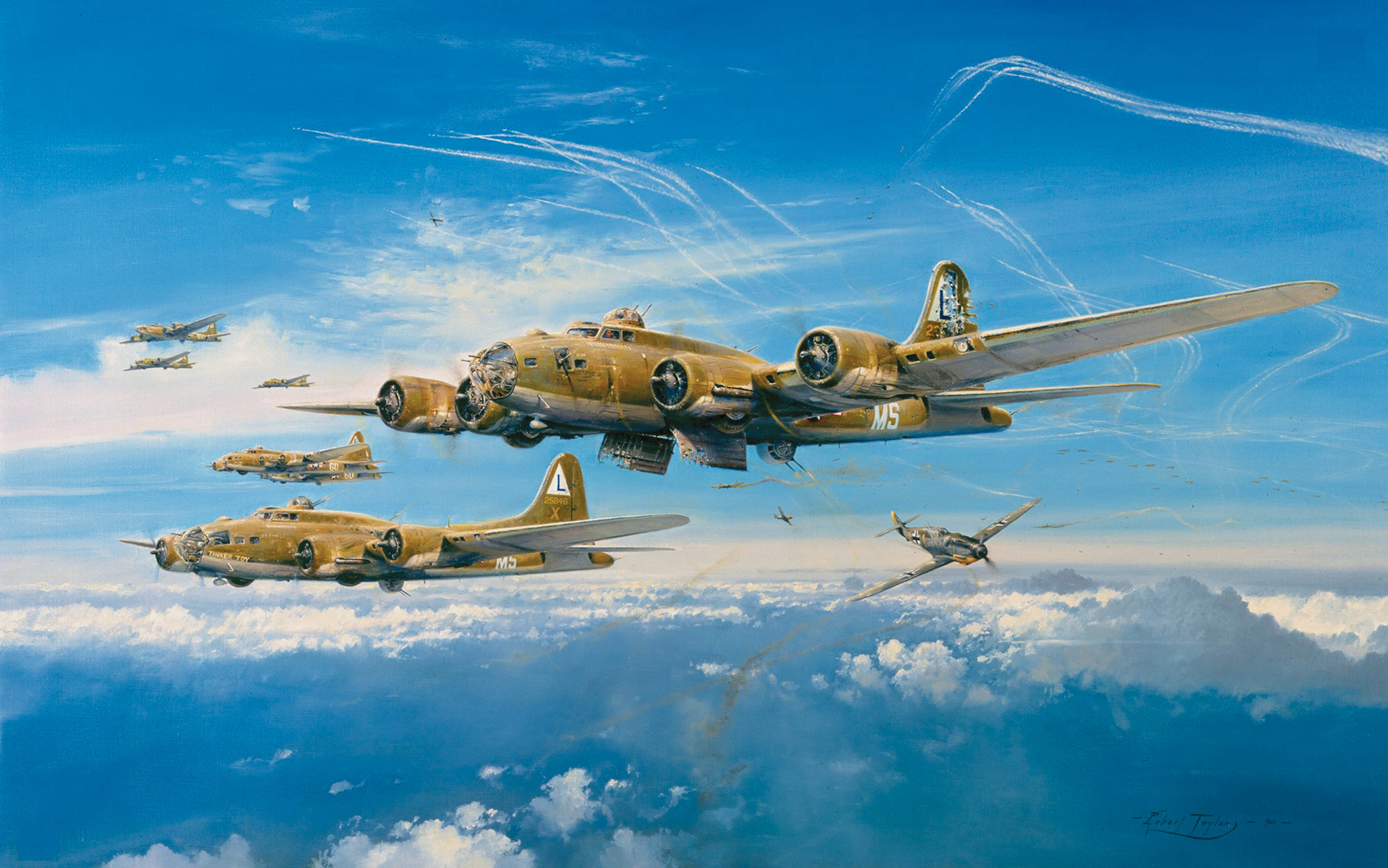
Join The Conversation
Comments
View All Comments